We may earn money or products from the companies mentioned in this post. This means if you click on the link and purchase the item, I will receive a small commission at no extra cost to you ... you're just helping re-supply our family's travel fund.
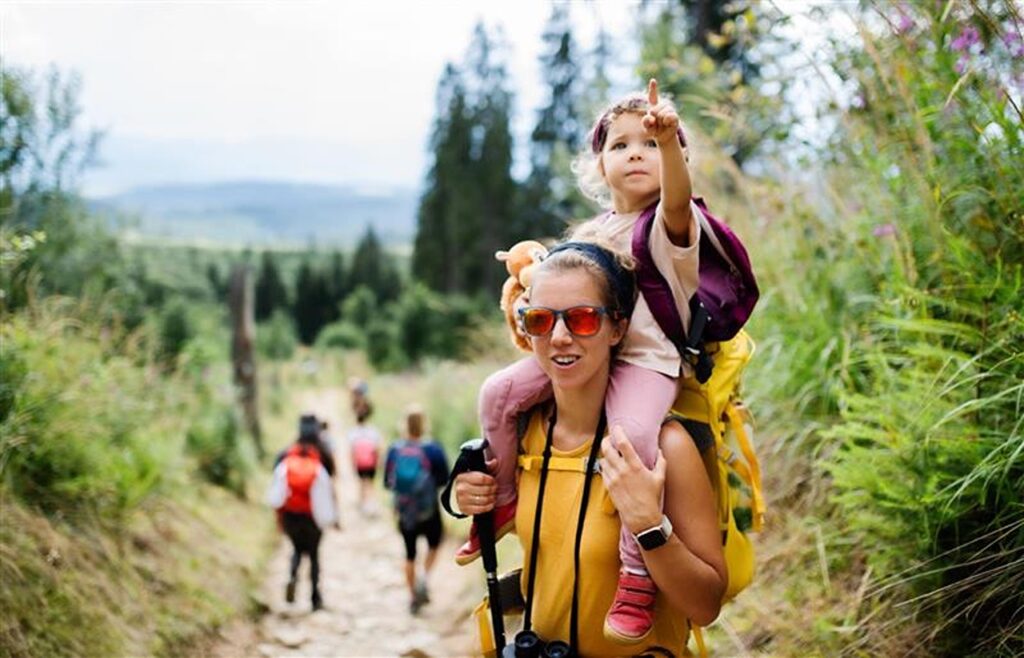
Heading outdoors with children can transform a simple hike into a real adventure—full of laughter, questions, and, yes, the occasional meltdown. Here’s the thing: a little thought on the front end leads to miles of smiles. Kids thrive when engaged, prepared, and allowed to be curious. Take these practical ideas along for your next family-foray. They will help you keep energy up and whining down, so the whole crew finishes the day looking forward to the next trail.
1. Let Them Set the Pace
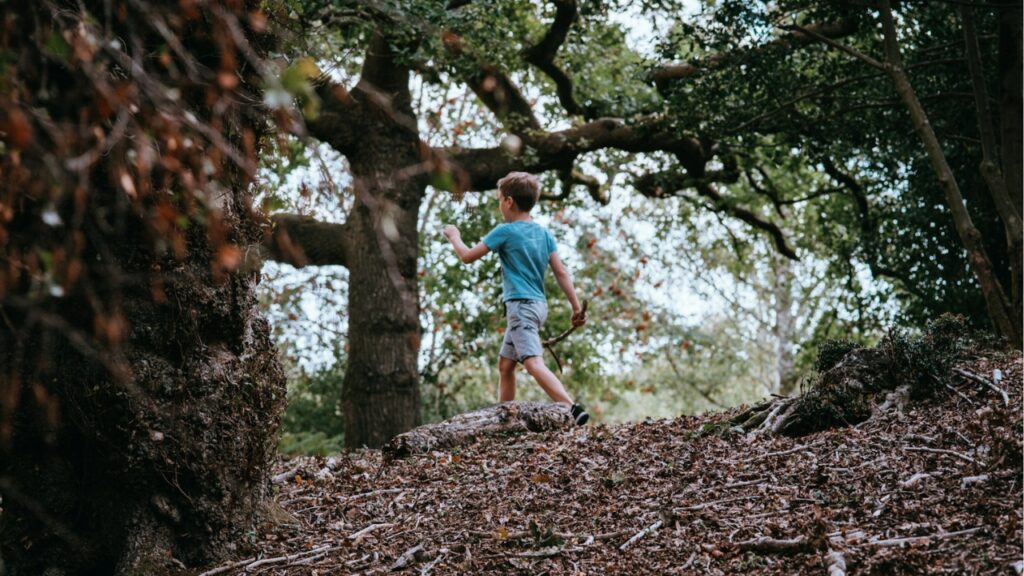
Expecting kids to march along at an adult tempo is a fast track to frustration. Slow down, and let them explore each log, puddle, or shiny rock that catches their eye. It’s not just about mileage; it’s about discovery. Sometimes that means doubling back, kneeling to check out insects, or announcing breaks with zero guilt. By allowing kids to lead the way—even occasionally—you hand them a sense of ownership. They’ll remember what they found, not what they were forced to rush past.
2. Turn the Hike Into a Treasure Hunt
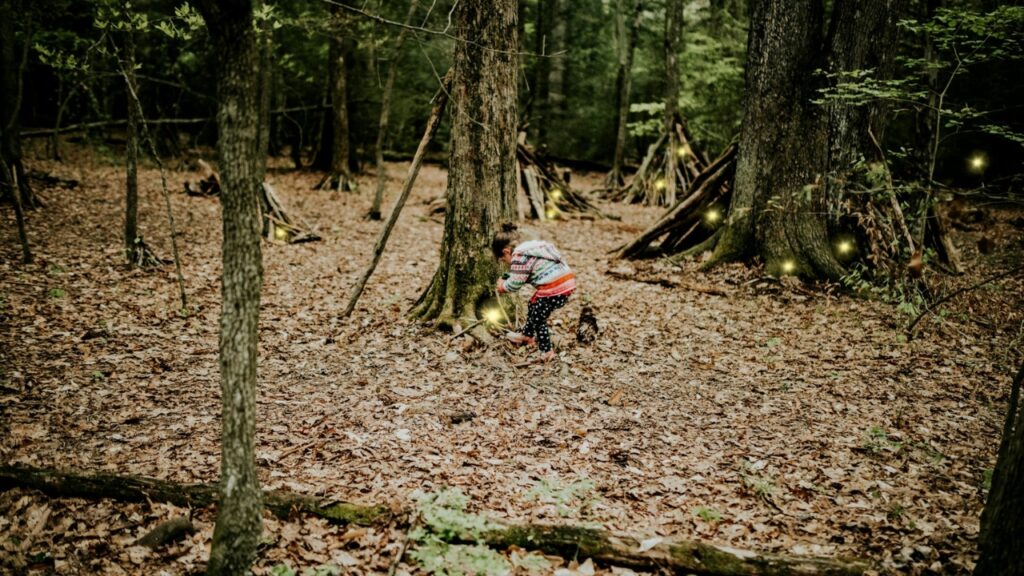
Monotony is your enemy. Adding a scavenger hunt flips the script and makes the journey as exciting as any endpoint. Build a simple checklist: a blue feather, a heart-shaped stone, a mushroom, or different types of leaves. Hand each child their own list and a pencil. Suddenly, every step is charged with possibility. You’ll find kids stray from complaining about tired feet when they’re on a mission to spot nature’s surprises. Bonus: it’s a break from screens and a way to sneak in learning.
3. Pack Plenty of Easy Snacks
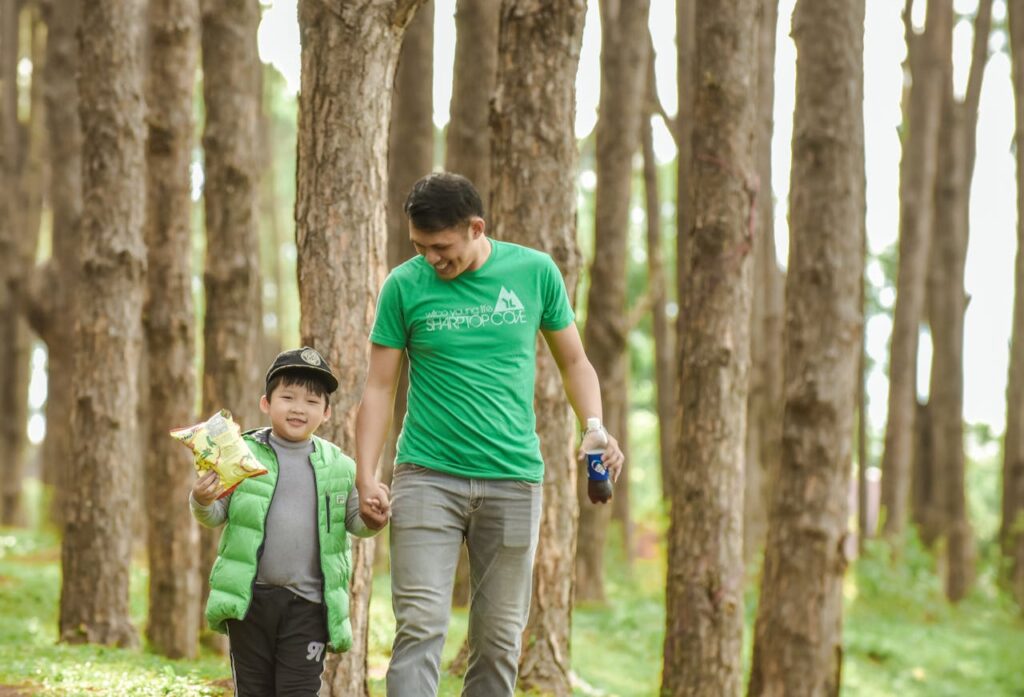
Nothing tanks a kid’s mood faster than hunger. Prepare for it by packing a range of easy, finger-friendly snacks that hold up on the trail. Think apple slices, carrot sticks, nut mixes, granola bars, or pretzels. When energy flags, produce a surprise treat from your bag—something small and special just for the trail. Snack breaks work wonders for morale, offer moments for rest, and keep little blood sugar levels on an even keel, ensuring you get further before the next round of “Are we there yet?”
4. Keep Hydration Simple
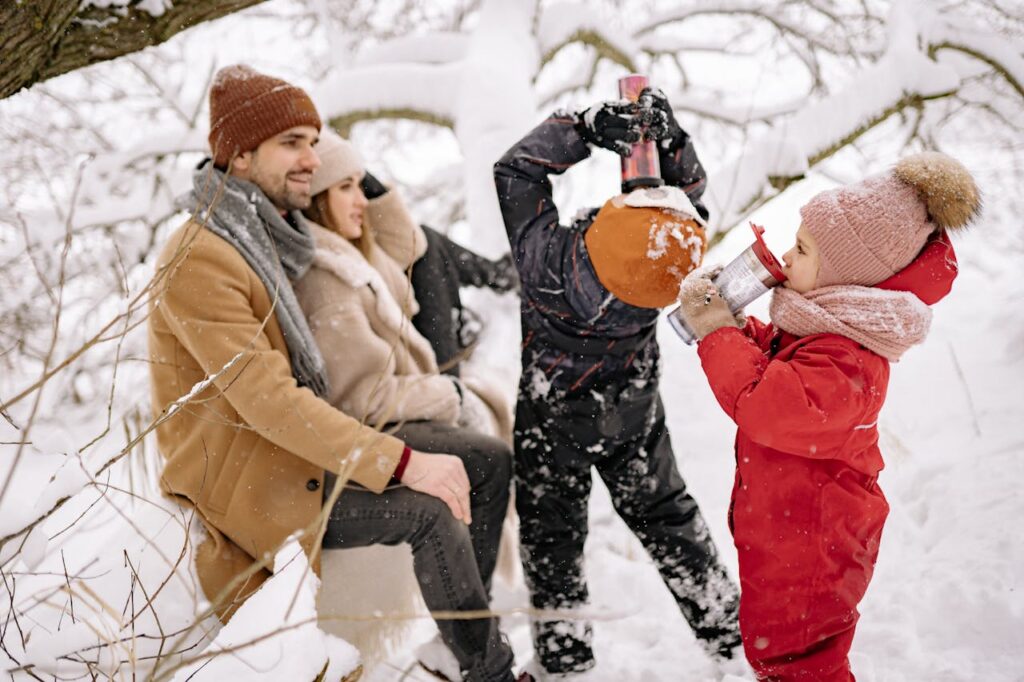
Kids rarely recognize thirst until they’re grumpy or dragging their feet. Offer water well before they ask. Invest in kid-sized water bottles or hydration packs they can carry themselves—sometimes, the novelty of a camelbak pack is enough to keep kids sipping. Plan to stop and drink at regular intervals, like every mile or every major trail marker. Good hydration keeps energy up, makes scrapes and stumbles less likely, and heads off headaches or dehydration before they can ruin the day out.
5. Bring Layers and Rain Jackets
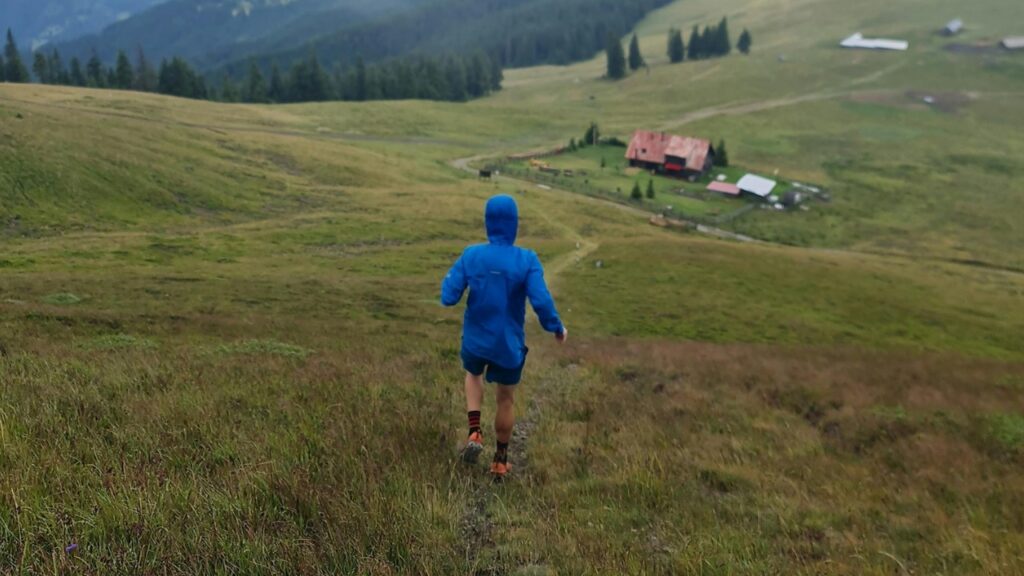
Weather on the trail changes fast, and comfort is the first step to happiness. Pack thin layers—light fleece, sun shirts, or vests—that are easy to put on or take off. A lightweight rain jacket can save the mood, especially when surprise showers strike. Encourage kids to be responsible for their own jackets; it’s good practice and gives them some control. Dry, comfortable, and warm kids are less likely to whine and more likely to keep going, no matter what the forecast threatens.
6. Make Mini Challenges
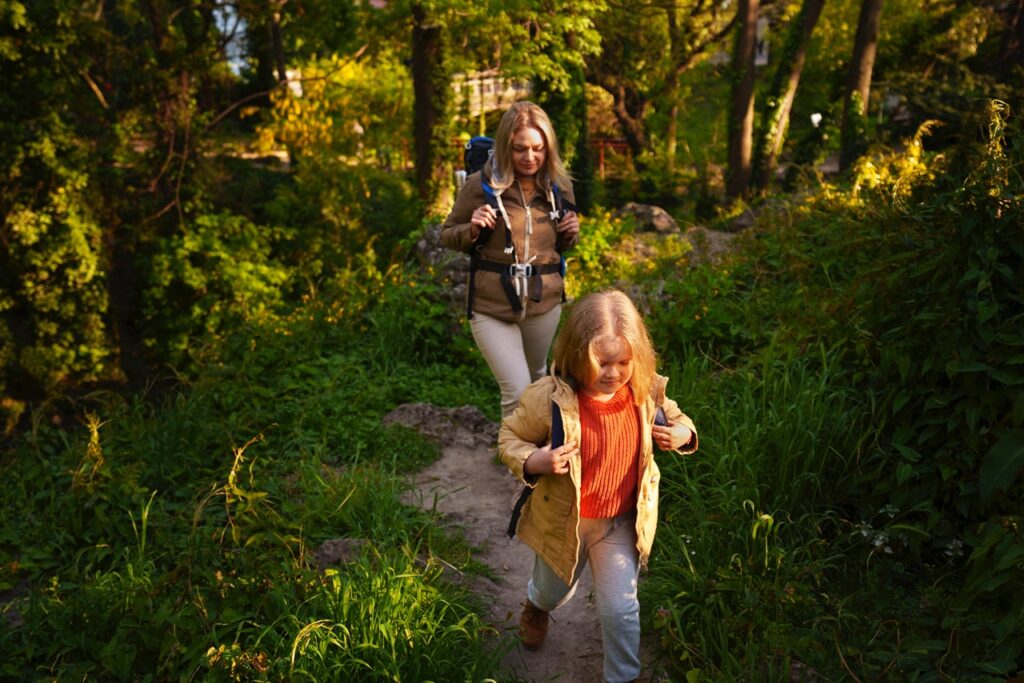
Walking for an hour can feel forever to a child. Break the time up with micro challenges: count how many trail markers you pass, see who spots five squirrels first, race to the next bend, or time how quickly you can jump from one rock to another. These games shift the focus from “how much further?” to “what can I do next?” Challenges don’t need rewards—curiosity, pride, and some friendly competition are usually enough to move tiny feet along even the longer routes.
7. Give Them Their Own Gear
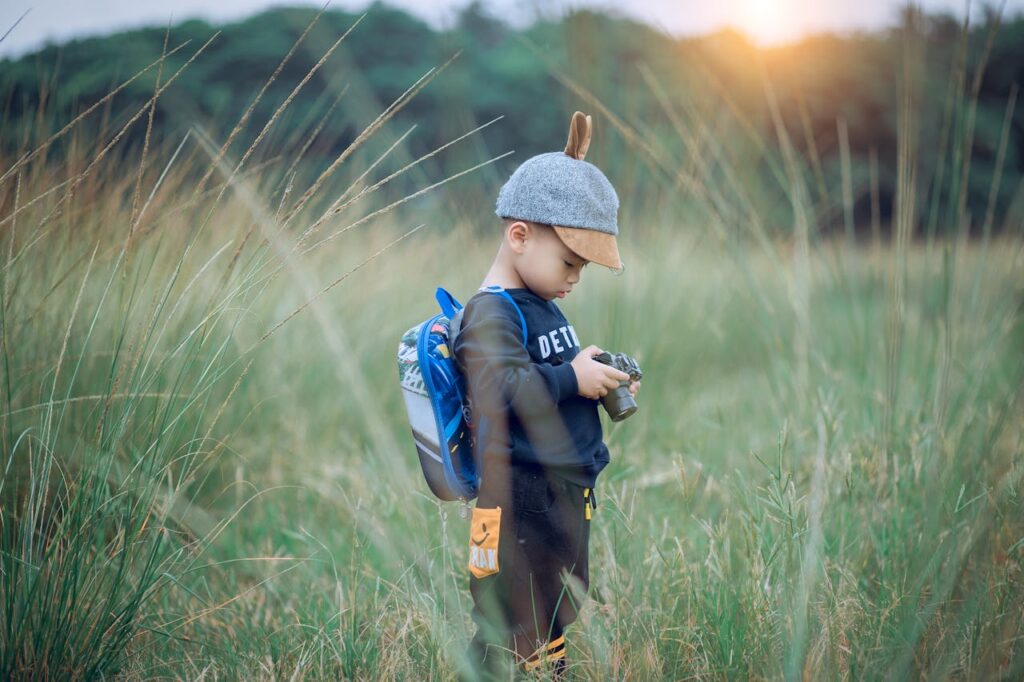
Kids love to mimic grown-ups, so let them carry their own little backpack with a water bottle, snack, or tiny treasure from home. Add a whistle, a child-size walking stick, or binoculars, and you’ll see a bounce in their step as they feel like true explorers. Their own gear gives kids a sense of responsibility and pride in the adventure. Just double check nothing is too heavy—success comes from feeling involved, not weighed down.
8. Stop for Play Breaks
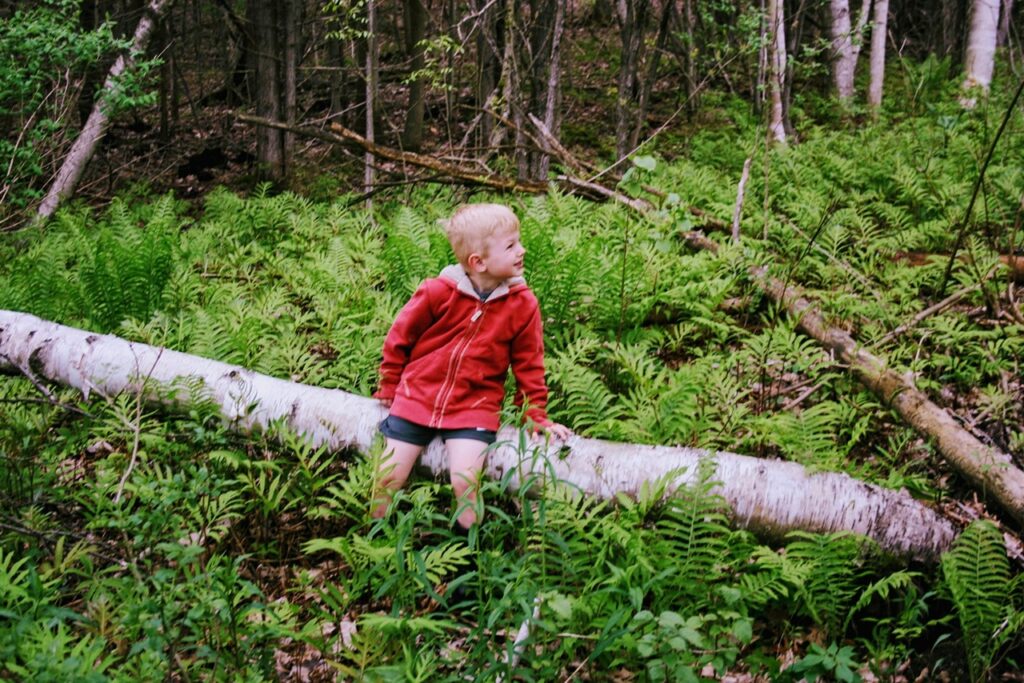
The woods are nature’s playground—let kids treat it that way. Schedule time to throw rocks in a stream, balance along a log, climb a boulder, or just run in circles for a few minutes. These moments aren’t wasted; they’re how children recharge. Play breaks burn off squirrelly energy and help to settle down any crankiness before it turns into open rebellion. Plus, spontaneous laughter in the wild is what family hikes are all about.
9. Bring Binoculars or a Magnifying Glass
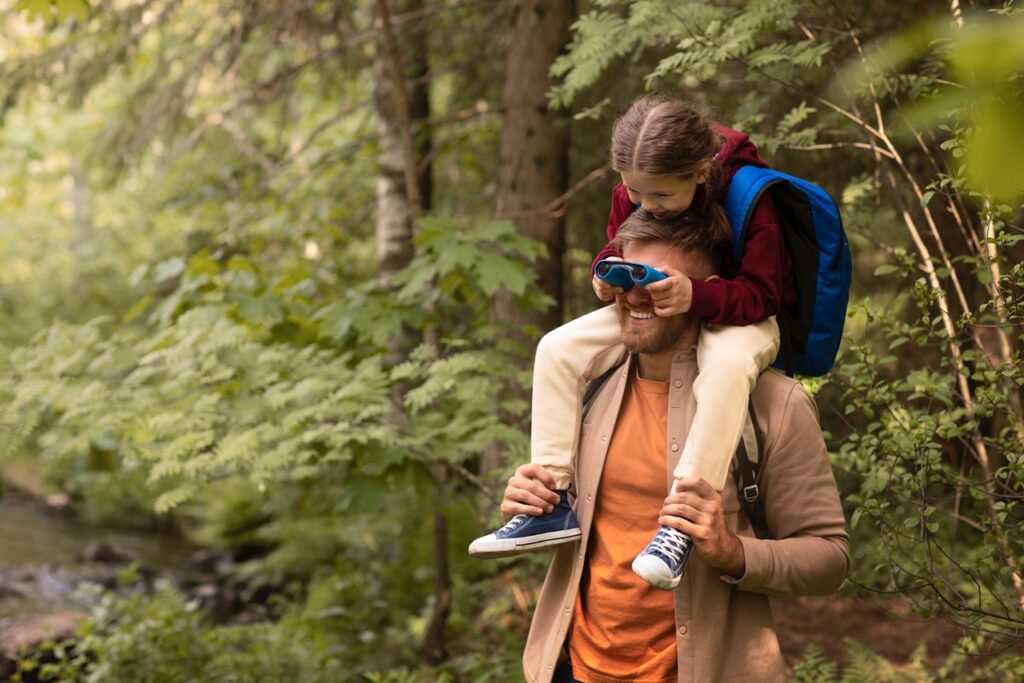
Seeing the world up close or far away changes a hike from routine to extraordinary. Binoculars let kids search for distant birds, spot deer, or scan for a hidden den. A magnifying glass turns normal leaves, bugs, or tree bark into whole worlds. Drawing attention to little discoveries transforms downtime into learning moments and gives curious minds another reason to keep going just a few steps farther. Plus, science is always more fun in the wild.
10. Tell Stories as You Walk
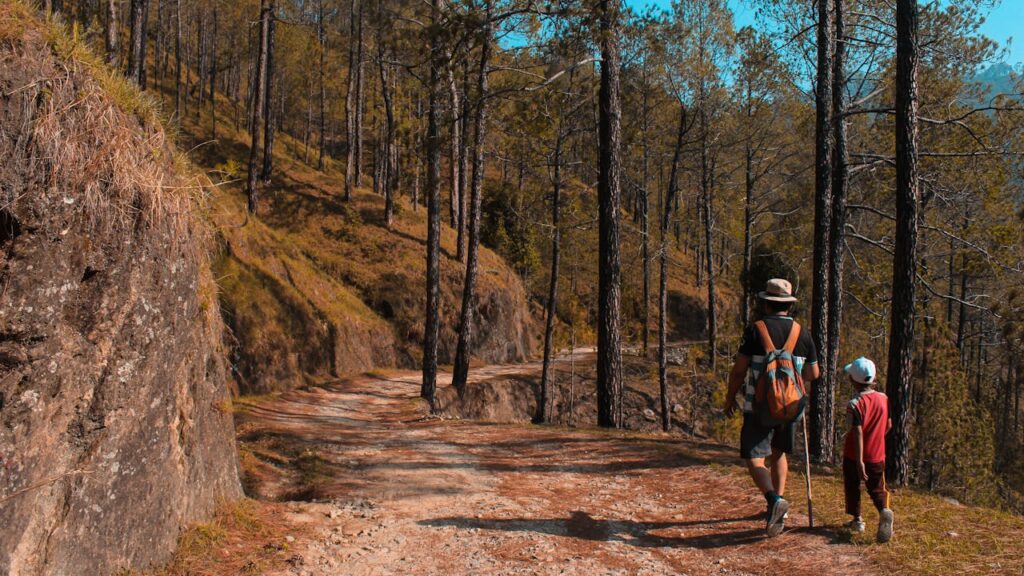
Turn rising fatigue into fuel for imagination. Weave a continuing story about magical creatures, “secret” trails, or what might live in that hollow tree. Invite your kids to add to the tale as you go, making up characters with each twist in the path. Stories distract from tiredness and waiting, and leave children associating hikes with fun, not just effort. Even grumpy trekkers often perk up when they’re helping solve a woodland mystery or inventing a forest kingdom.
11. Make Trail Mix Together
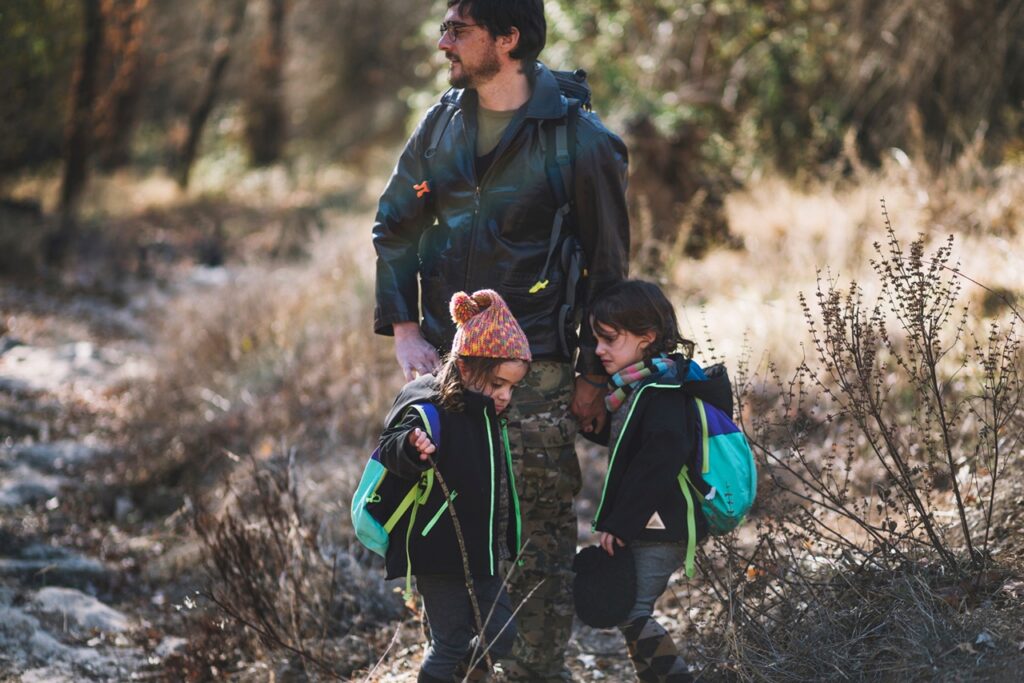
Get kids involved before you leave home by having them create their own trail mix—think dry cereal, dried fruit, pretzels, nuts, and a sprinkle of chocolate chips. When they’re tired, they’ll be excited to reach for their custom blend. Letting kids make choices and help with prep means more enthusiasm for eating it later and gives them a sense of independence. It’s a simple win that can turn a snack break into something to look forward to.
12. Celebrate Reaching Milestones
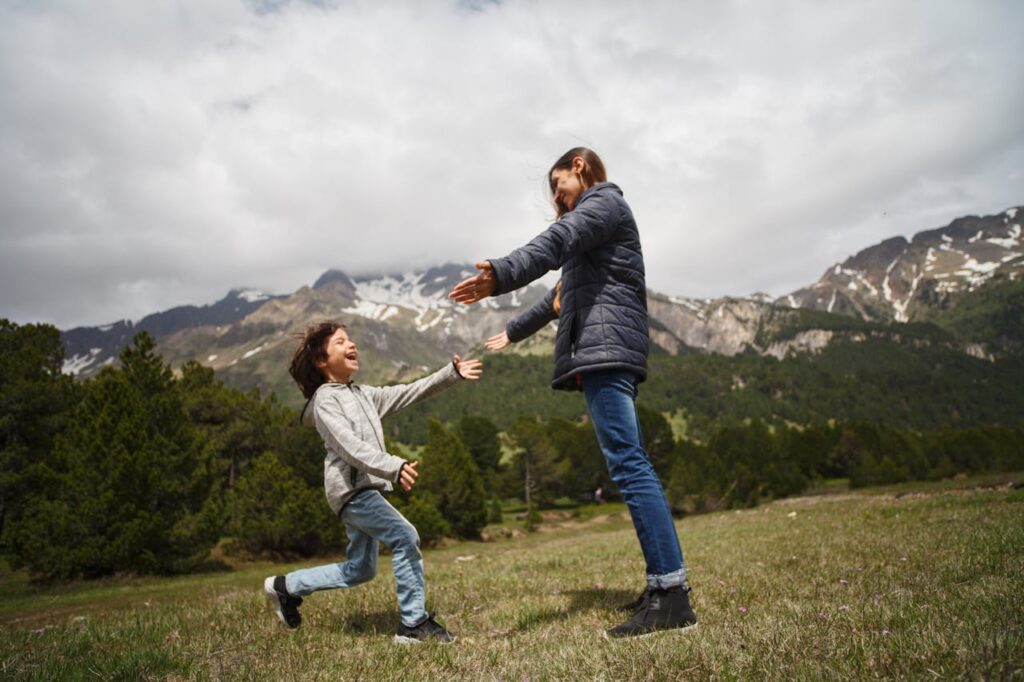
Hiking is about the journey, but milestones deserve a spotlight. When you reach a cool viewpoint, a waterfall, or even just the halfway point, pause for a mini-celebration. Take a silly family photo, have a special treat, or make up a goofy cheer. These moments help kids see their progress, feel proud of their effort, and look forward to what’s next. Sometimes, the finish line is less important than what you do along the way.
13. Hike With Friends or Family
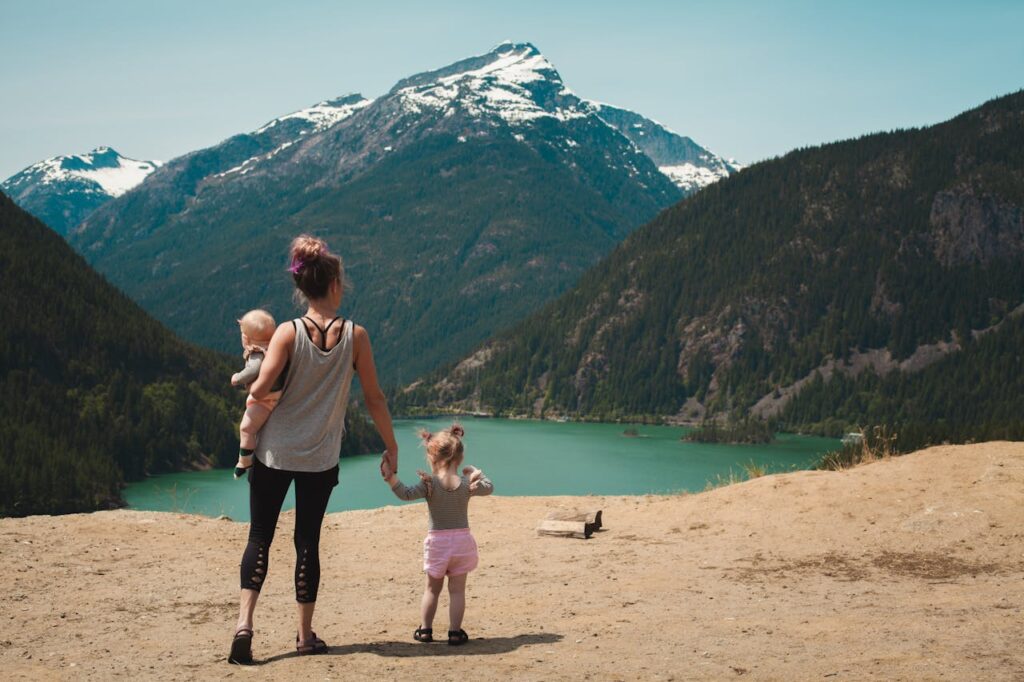
Kids are social creatures. Invite another family with children or cousins to join you. Hiking with friends turns the trail chatter from complaints to a running game or shared joke. They’ll walk farther and faster, distracted by play, while adults get a chance to connect. Group hikes also help keep older kids engaged and can turn a routine day out into a mini event that everyone wants to repeat.